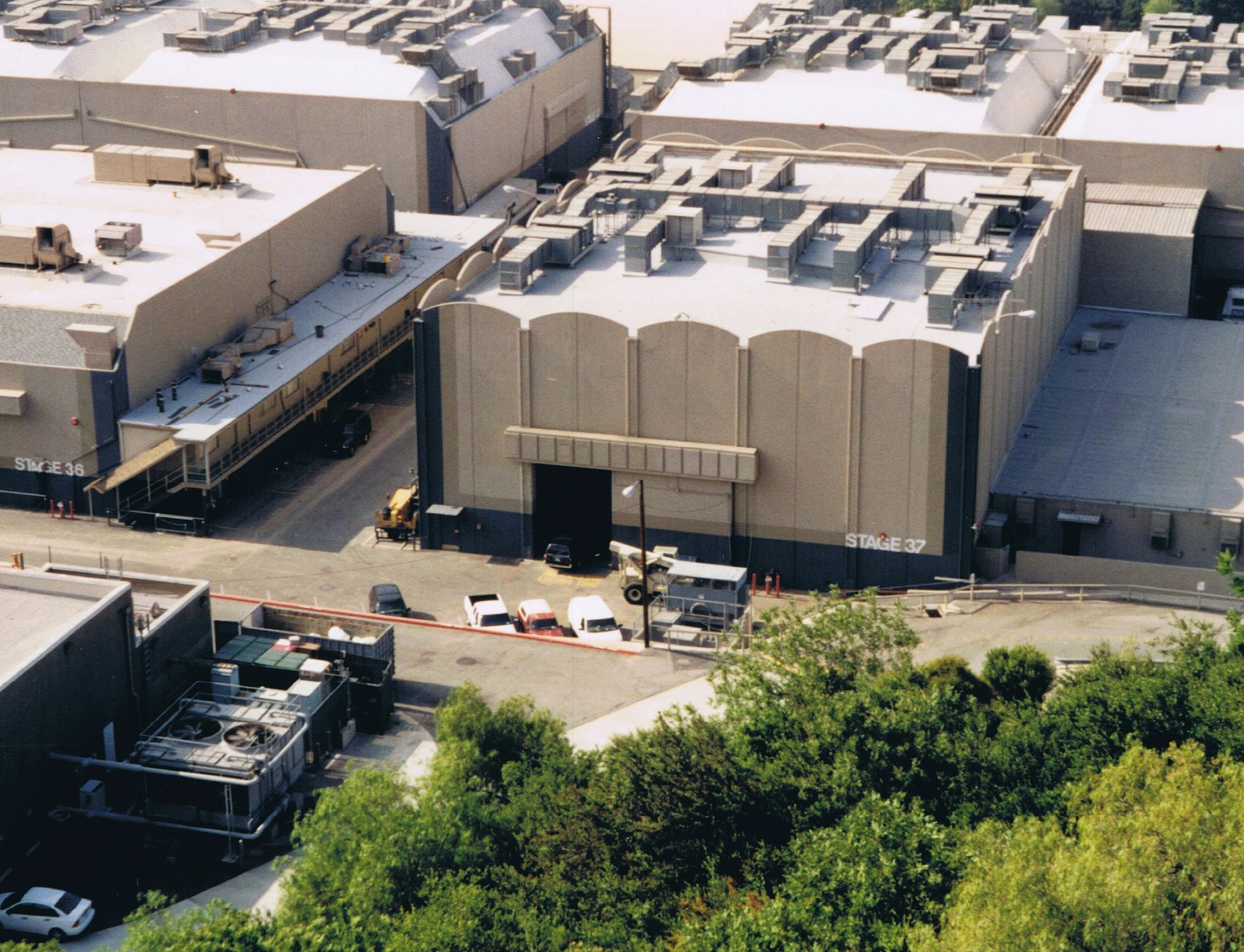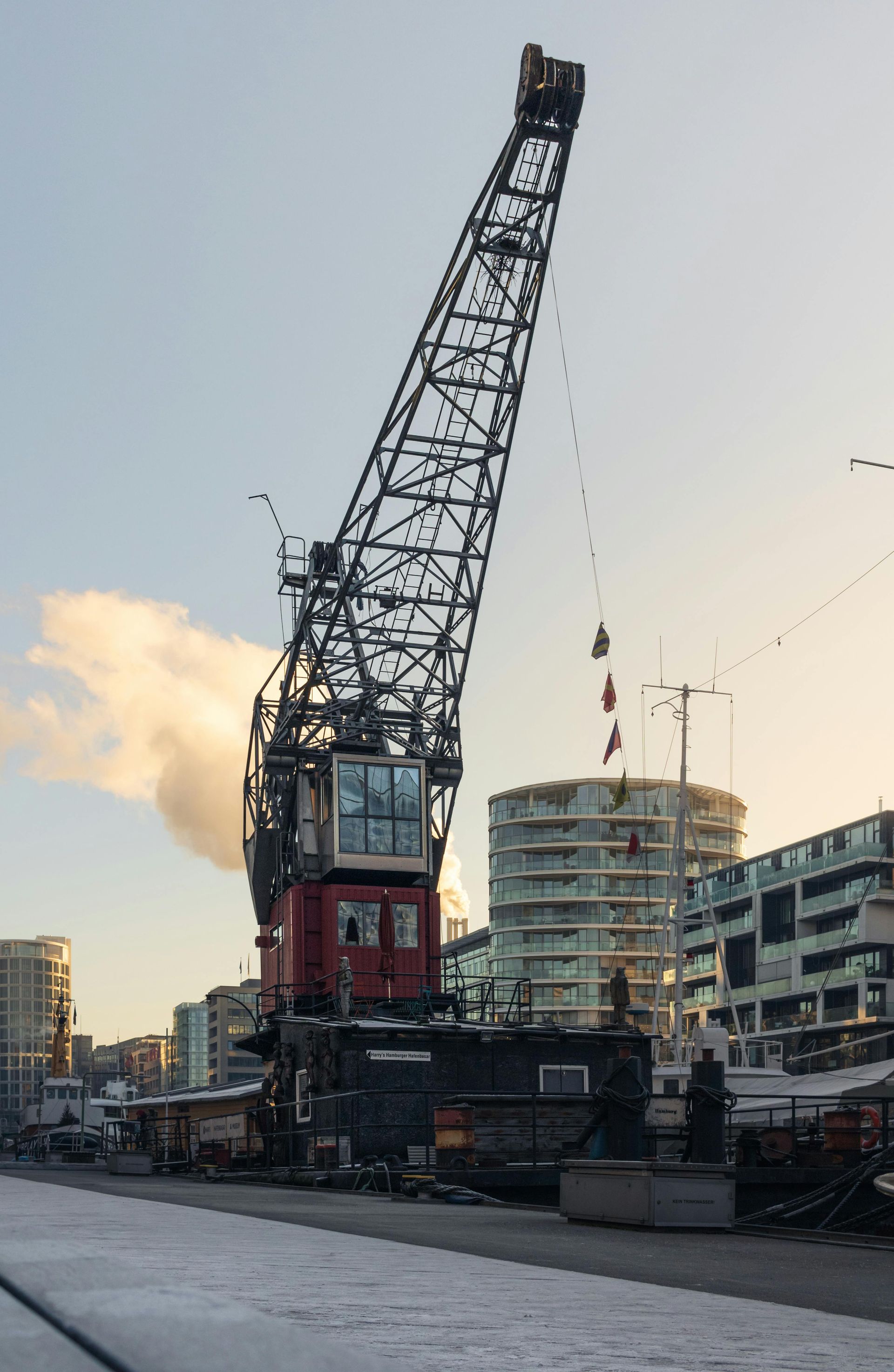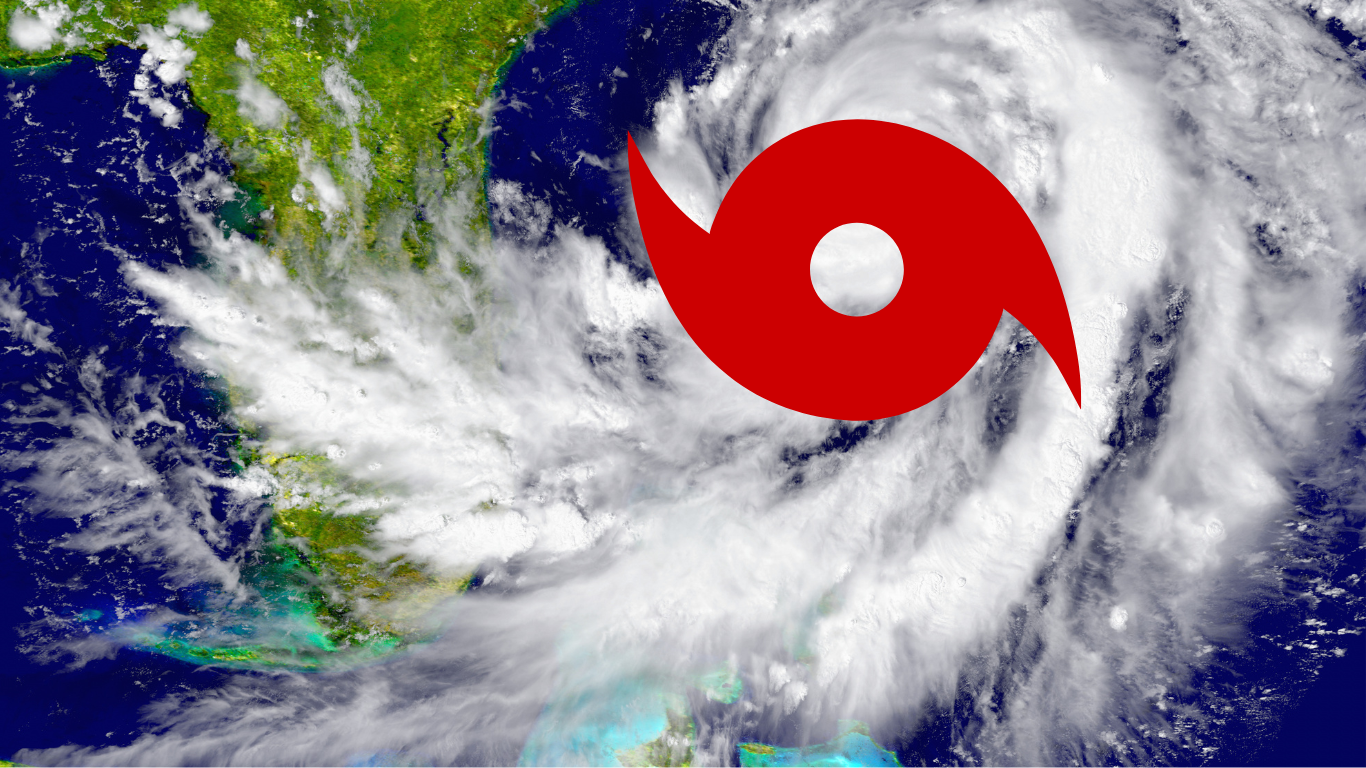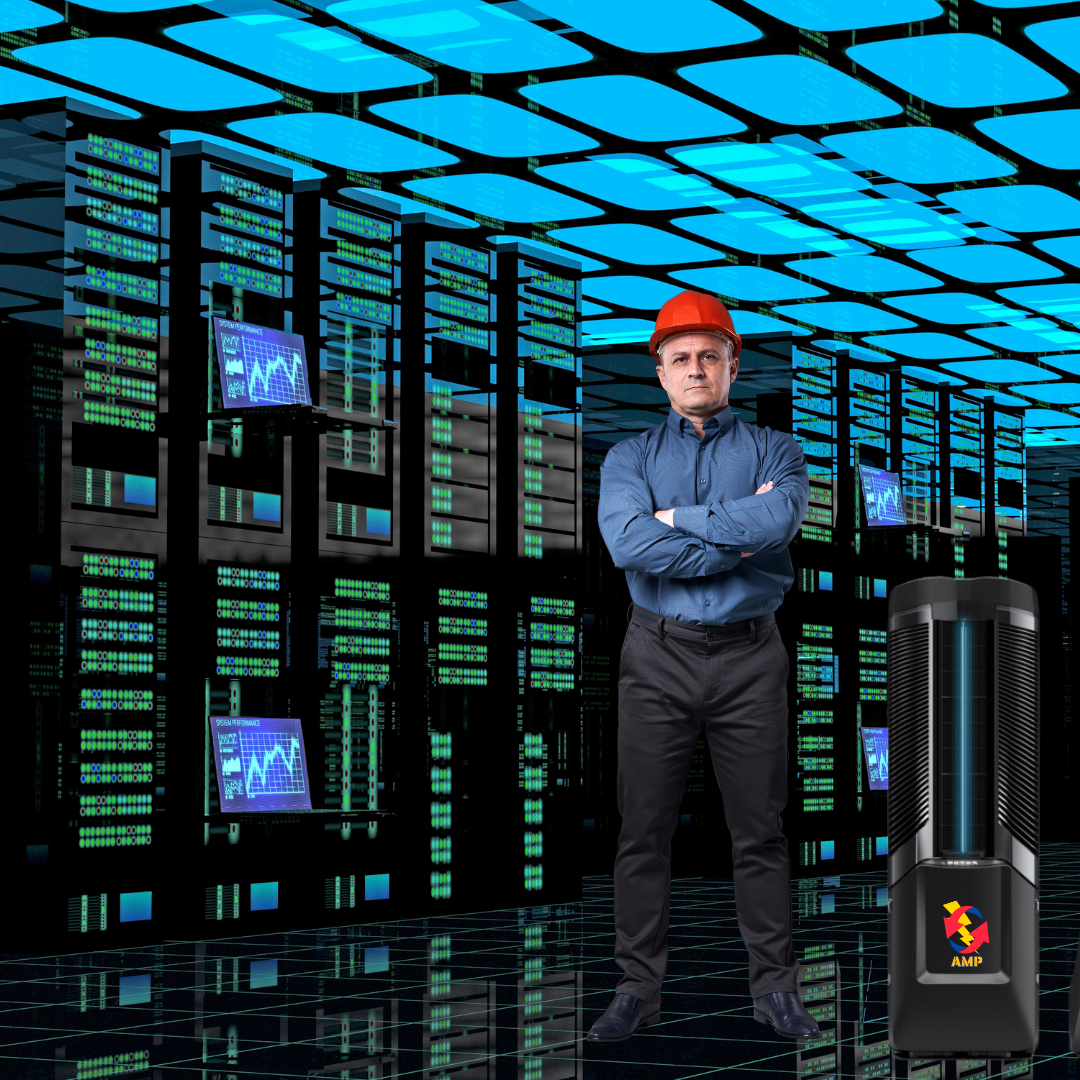Why Business Impact Analyses, Continuity Plans, and Contingency Plans Are Essential for Disaster Readiness
The Importance of Disaster Planning for Your Business
In today’s world, businesses face an increasing number of challenges—from natural disasters and power outages to unexpected equipment failures. As we move into a new year, the stakes are higher than ever for businesses to maintain operations without interruptions.
Jim Rohn famously said, “If you fail to plan, you are planning to fail.”
This rings especially true when considering disaster preparedness.
Without a robust plan in place, even a minor disruption can result in lost revenue, dissatisfied customers, and operational downtime. That’s where tools like Business Impact Analyses (BIA), Business Continuity Plans (BCP), and Contingency Plans come into play. Each of these approaches helps identify risks, mitigate potential impacts, and ensure your business stays resilient during unforeseen challenges.
What Are BIA, BCP, and Contingency Plans?
- Business Impact Analysis (BIA):
A BIA evaluates how potential disruptions—such as power outages or HVAC failures—could impact critical business functions. By understanding these vulnerabilities, you can prioritize resources and safeguard essential operations. - Business Continuity Plan (BCP):
A BCP outlines how your business will continue operating during a disaster. It focuses on maintaining key services, such as backup power and temporary HVAC, ensuring minimal disruption. - Contingency Plan:
A contingency plan prepares for specific scenarios, such as a severe weather event. It outlines step-by-step actions to manage the situation, including accessing portable power generation and climate control solutions.
Why Your Business Needs These Plans
- Minimize Downtime: Whether you’re a small business or a global corporation, uninterrupted operations are critical. Temporary HVAC and power solutions ensure your business can continue to function during adverse conditions.
- Protect Assets: Proper planning helps prevent costly equipment damage and ensures the safety of employees and customers.
- Stay Competitive: Customers expect reliability. A business prepared for disasters is one that retains trust and loyalty, even in challenging times.
How to Choose the Right Plan for Your Business
- Small Businesses: A simple contingency plan paired with a basic BIA can address key vulnerabilities without overcomplicating processes.
- Medium-Sized Businesses: Consider integrating a BCP with a detailed BIA to ensure every department has a plan for continuity.
- Large Corporations: Use all three—BIA, BCP, and Contingency Plans—to develop comprehensive strategies that cover various scenarios and ensure seamless operations.
AMP: Your Partner in Disaster Preparedness
At Air Management and Power (AMP), we specialize in providing reliable temporary air temperature control solutions to keep your business running. From portable power generation to temporary HVAC systems, our services are tailored to support your disaster preparedness plans.
Our team works with you to evaluate your business’s needs, ensuring you have the right tools to maintain operations during any crisis.
Planning for potential disasters isn’t just a good practice—it’s a necessity in today’s unpredictable world. By implementing a combination of BIAs, BCPs, and Contingency Plans, you can protect your business from downtime and ensure operational continuity. Remember, “If you fail to plan, you are planning to fail.”
Let us help you prepare for the unexpected. Reach out today for a consultation on how our power and HVAC solutions can support your business’s disaster readiness.
Contact Us











